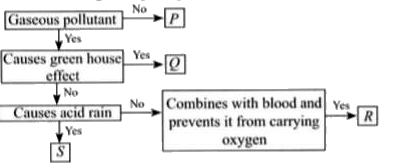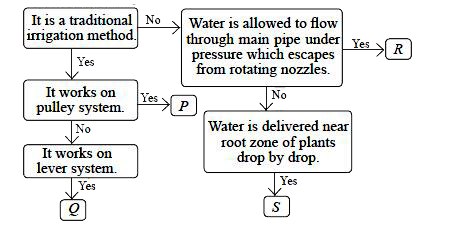The given graph shows temperature gradient through different biomes of Earth (P, Q, R and S).
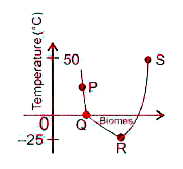
Refer to the given graph and select the incorrect statement regarding P, Q, R and S.
Plants inhabiting S may have photosynthetic stems and leaves reduced to spines.
Animals inhabiting R possess thick layer of subcutaneous fat .
Animals inhabiting P show arboreal adaptations and often use camouflage and startling colouration for protection against enemies.
Plants inhabiting Q have large flat leaves and animals inhabiting Q excrete concentrated urine and are nocturnal.
The correct Answer is:D
Plants inhabiting Q have large flat leaves and animals inhabiting Q excrete concentrated urine and are nocturnal.
Topper's Solved these Questions
Similar Questions
Knowledge Check
Refer to the given Venn diagram and select the correct statement regarding P, Q and R.
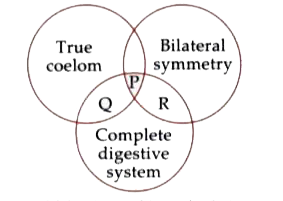 AR could be Enterobius which is parasitic in nature.BP could be Planaria which shows well marked regeneration power.CQ could be Ascaris that excretes through renette cells.DAll of these
AR could be Enterobius which is parasitic in nature.BP could be Planaria which shows well marked regeneration power.CQ could be Ascaris that excretes through renette cells.DAll of theseRefer to the given figure and select the incorrect statements regarding this.
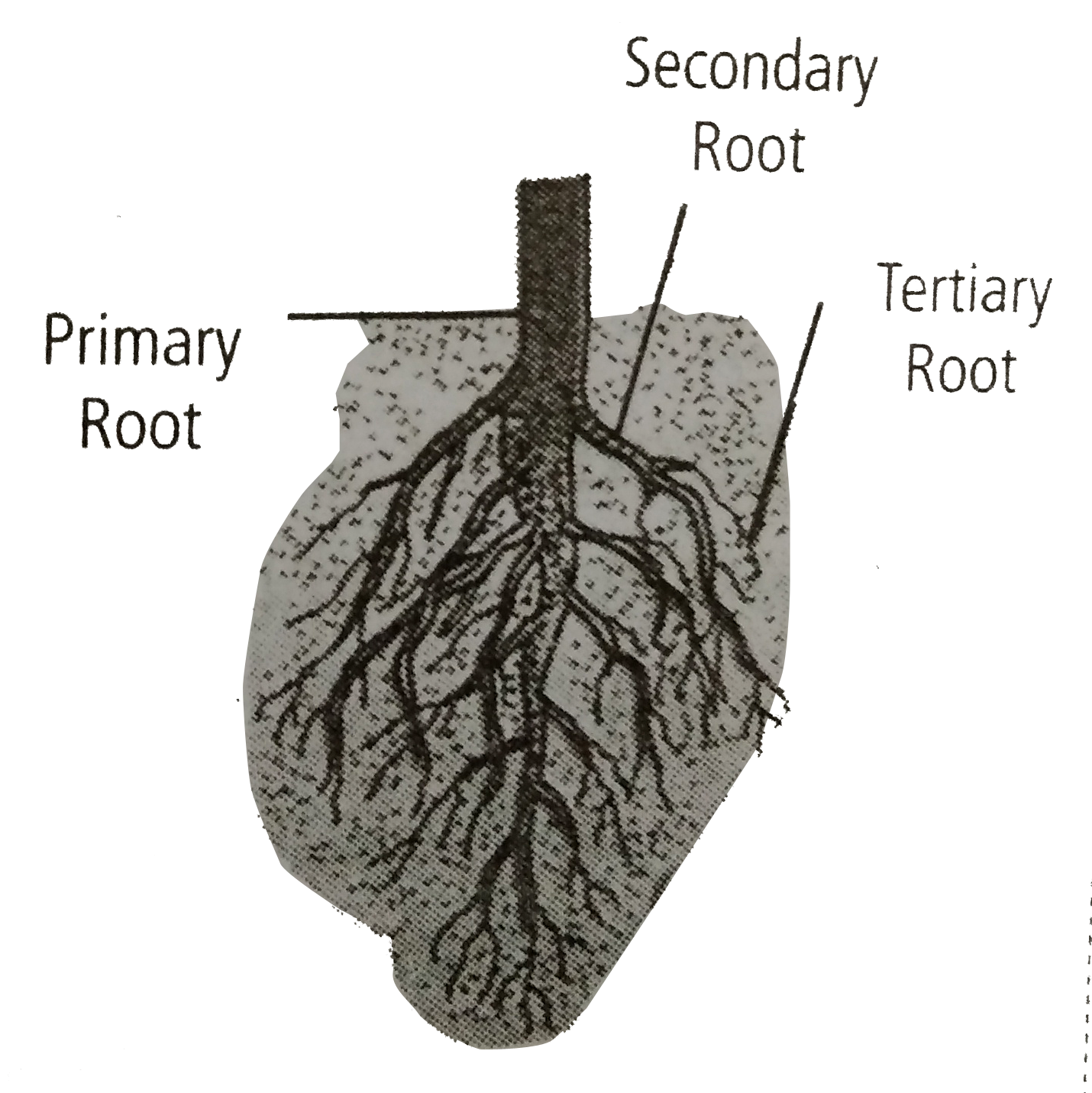 Athis type of root system develops from radicle of embryo.BLateral roots arising from the main root are exogenous in origin.CRootlets are the ultimate root branches that bear root hair for absorption.DSecondary and tertiary roots are borne in acropetal succession.
Athis type of root system develops from radicle of embryo.BLateral roots arising from the main root are exogenous in origin.CRootlets are the ultimate root branches that bear root hair for absorption.DSecondary and tertiary roots are borne in acropetal succession.Study the given flow chart and select the incorrect statement regarding P, Q, R and S.
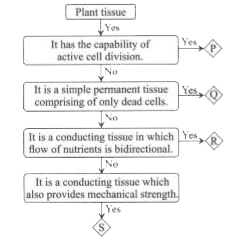 AP can be the tissue which is present in root tips and shoot tips.BTissue Q is primarily responsible for storage of food.CTissue R is responsible for transport of food from leaves to other parts of the plant body.DTissue S is made up of four types of cells vessels, tracheids, fibres and parenchyma.
AP can be the tissue which is present in root tips and shoot tips.BTissue Q is primarily responsible for storage of food.CTissue R is responsible for transport of food from leaves to other parts of the plant body.DTissue S is made up of four types of cells vessels, tracheids, fibres and parenchyma.
Refer to the given flow chart and select the correct option regarding P, Q, R and S.
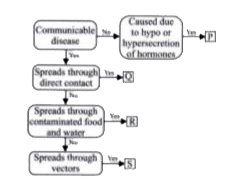
View SolutionRefer to the given Venn diagram and select correct statement regarding P and Q.
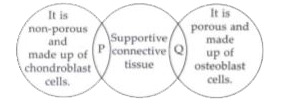
View SolutionRefer to the given diagram and select the correct option for the joints P, Q, R and S.
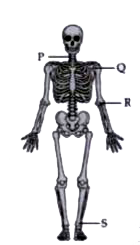
View SolutionRefer to the given Venn diagram and select the correct option regarding P and Q.

View SolutionRefer to the given Venn diagram.
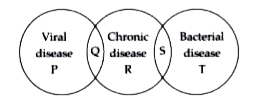
Select the correct option for P, Q, R, S and T.
View Solution

